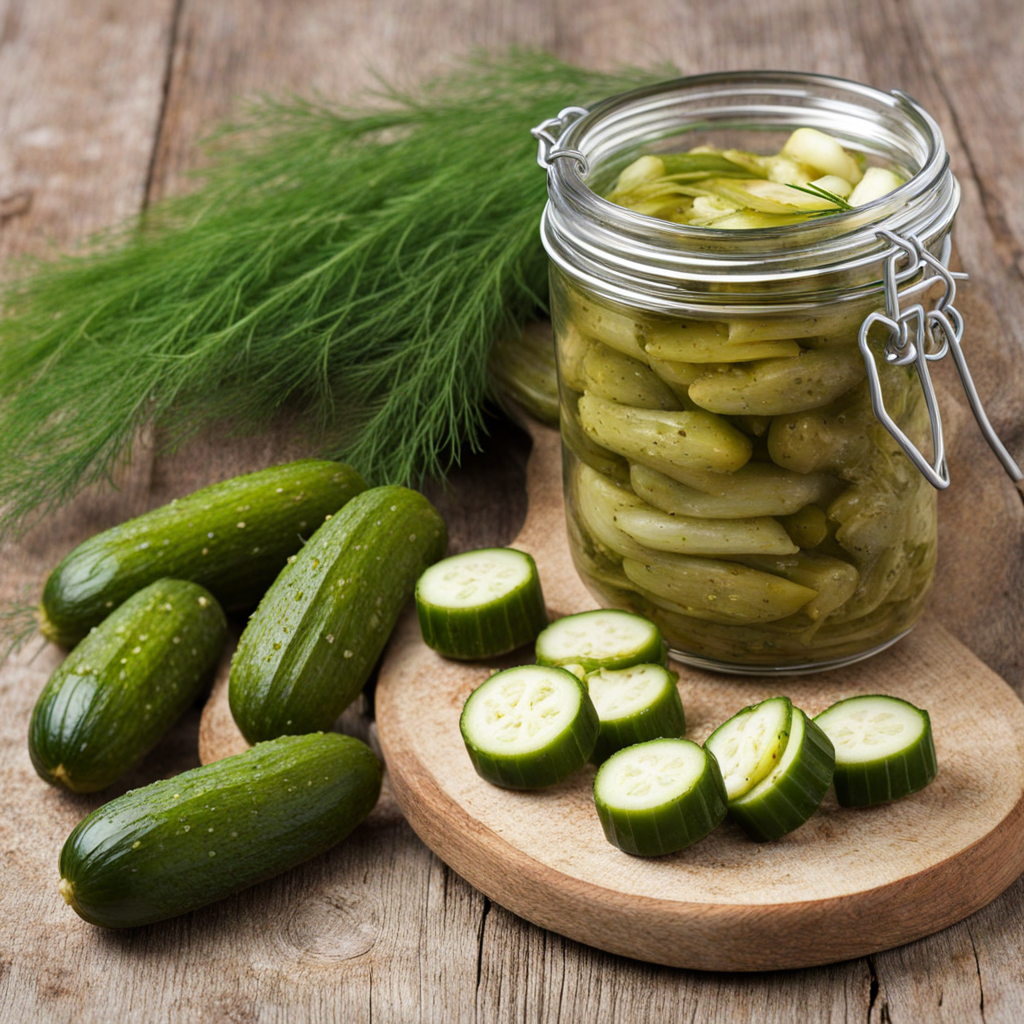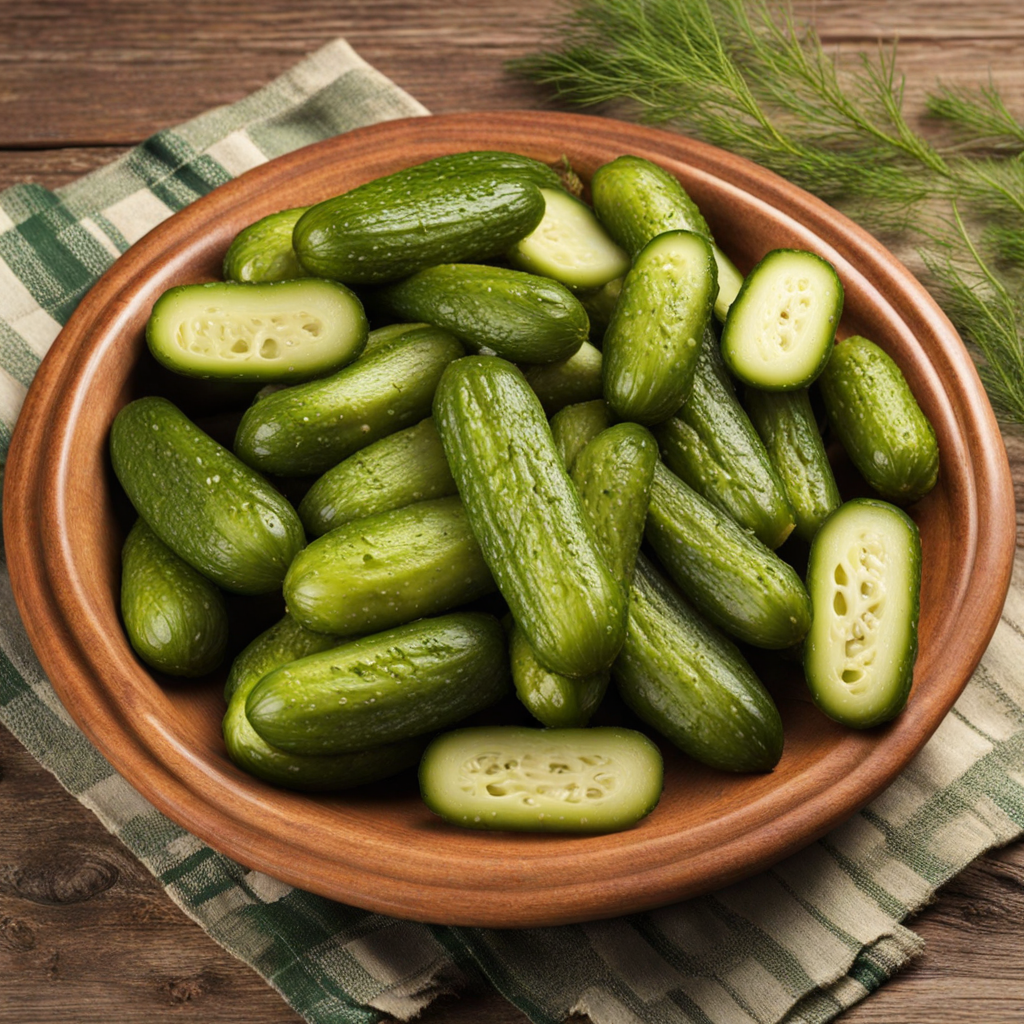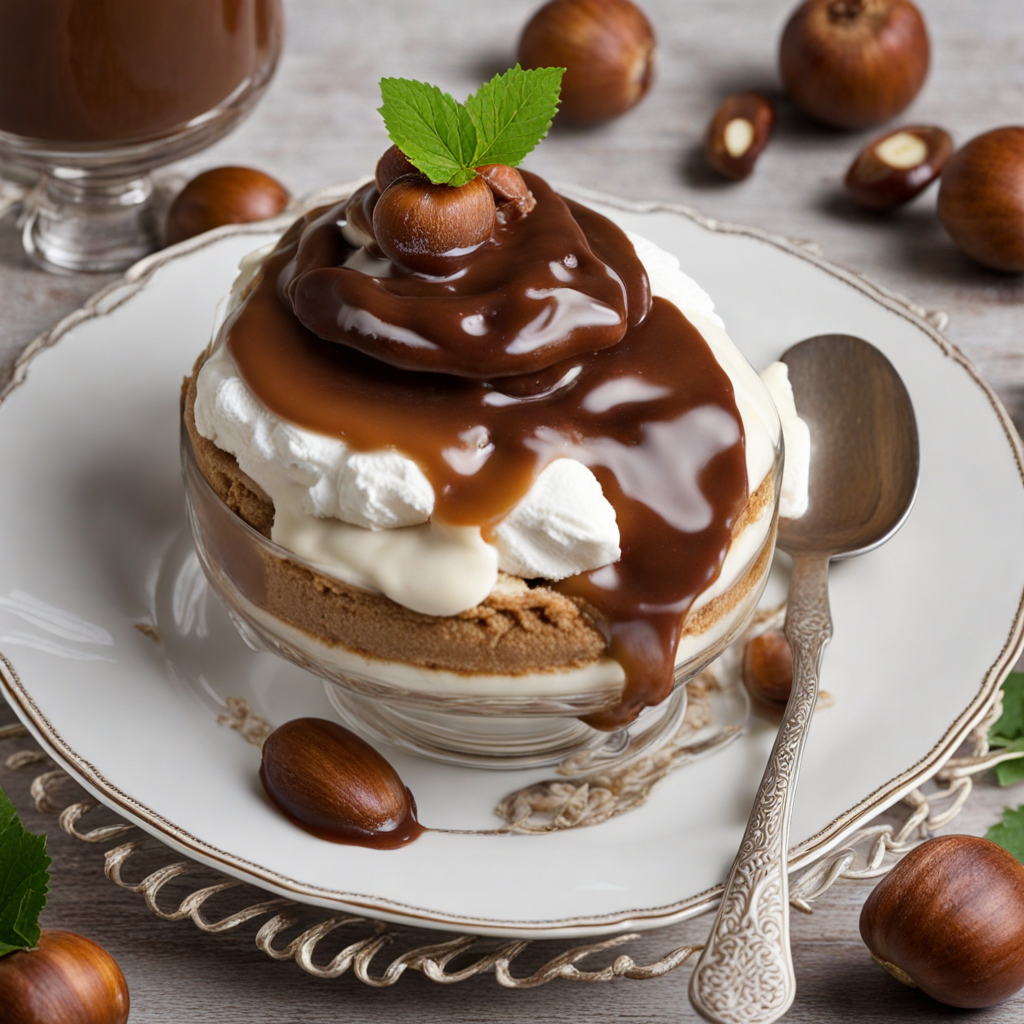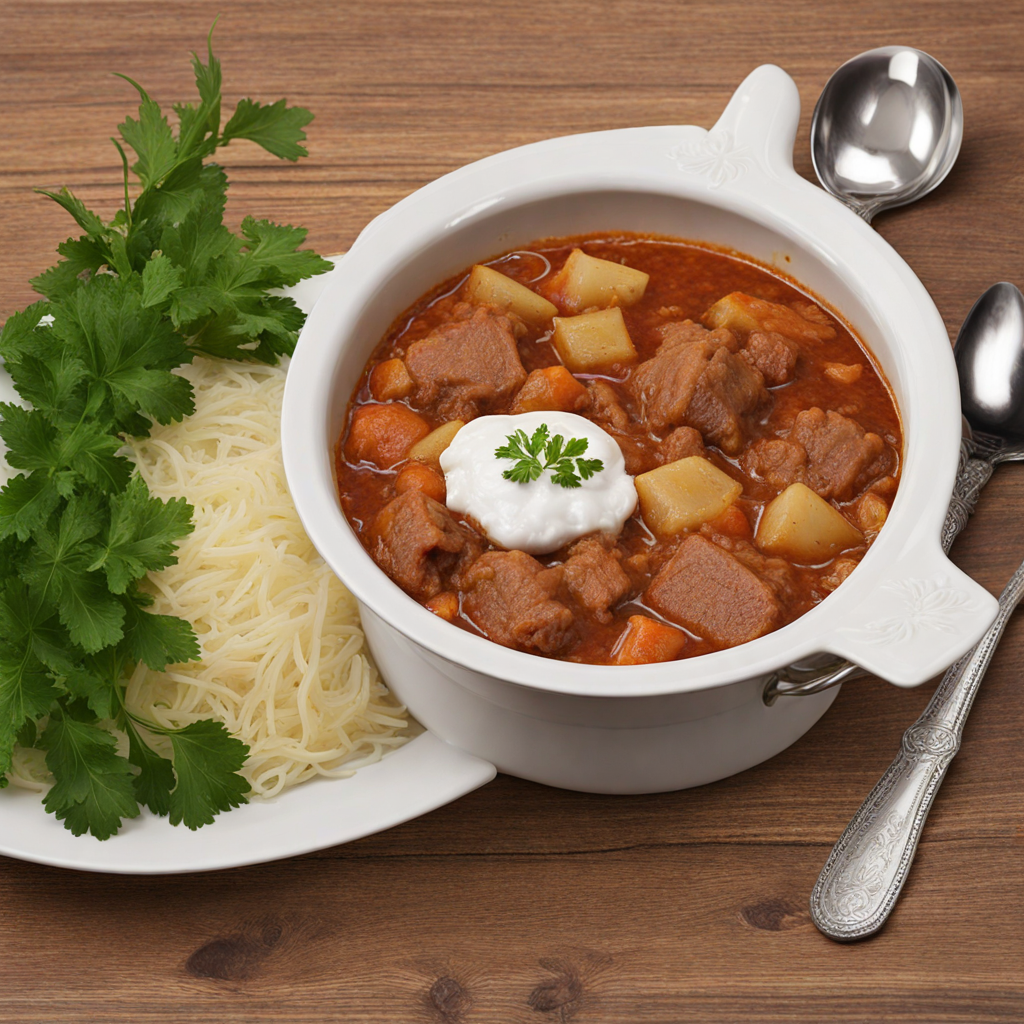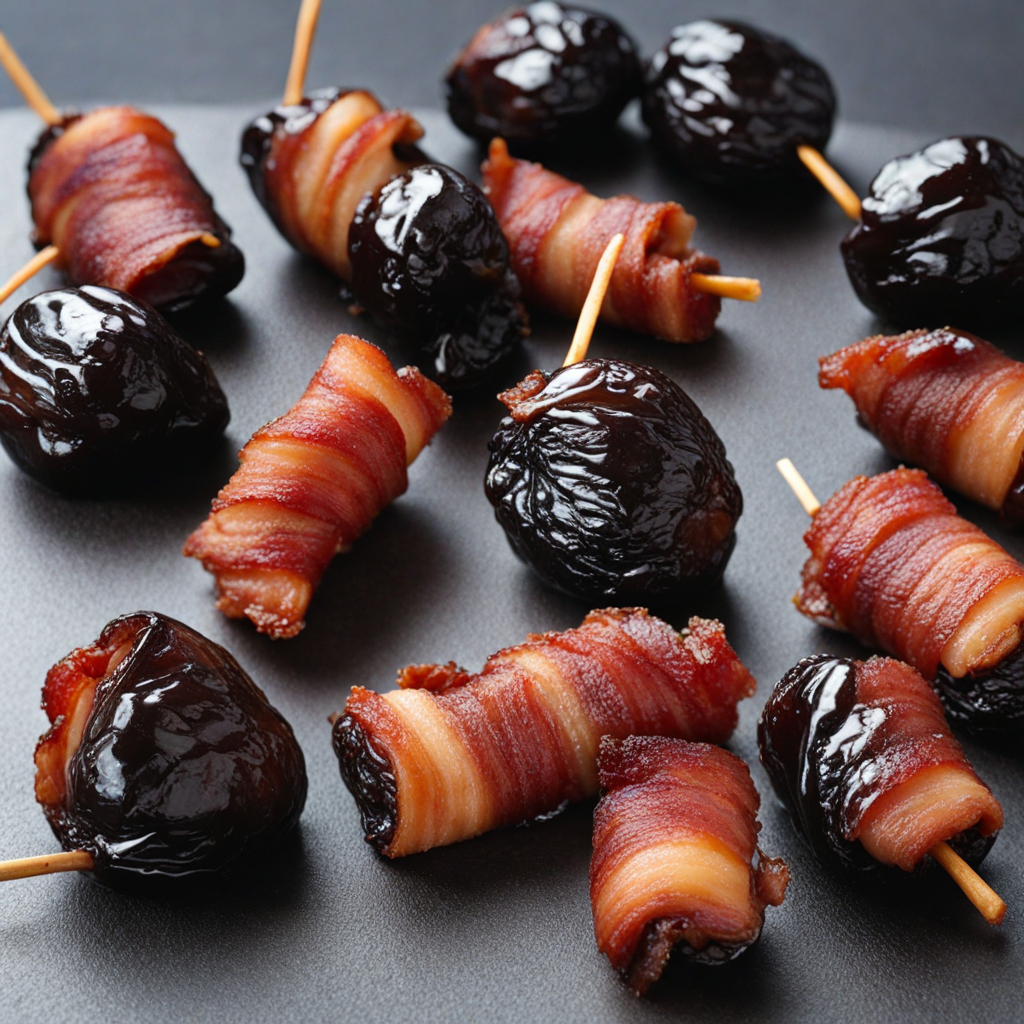Uborka
Uborka is a delightful Hungarian dish that showcases the country’s rich culinary tradition, particularly its love for fresh vegetables. The star of this dish is the cucumber, or 'uborka' in Hungarian, which is often prepared in a variety of ways to enhance its natural flavor. Typically, it is sliced thinly and marinated in a mixture of vinegar, water, salt, and sugar, creating a sweet and tangy profile that tantalizes the taste buds. This refreshing preparation makes uborka a perfect accompaniment to heavier dishes, balancing flavors and adding a crunch that is both satisfying and invigorating. Beyond its simple preparation, uborka can be elevated with various spices and herbs, such as dill, garlic, and paprika, which are staples in Hungarian cuisine. These additional ingredients infuse the cucumbers with aromatic notes, creating a harmonious blend of tastes. The dish is often served as a salad or side, making it a versatile option for summer barbecues, family gatherings, or holiday feasts. Its vibrant appearance, with bright green cucumbers glistening in the marinade, also adds a visual appeal to any meal. Uborka is more than just a side dish; it embodies the essence of Hungarian home cooking, where fresh, seasonal ingredients are celebrated. The dish is often enjoyed chilled, making it a perfect refresher on warm days. As you discover uborka, you will not only experience its unique flavor but also connect with the cultural practices of Hungary, where food is deeply intertwined with family and tradition. Whether enjoyed on its own or as part of a larger spread, uborka is sure to leave a lasting impression on your palate.
How It Became This Dish
The History of Uborka: A Hungarian Culinary Delight Uborka, the Hungarian word for cucumber, is more than just a vegetable; it is a key ingredient in various traditional dishes, a symbol of summer, and a staple in Hungarian kitchens. The history of uborka is woven into the fabric of Hungarian culture, reflecting the agricultural practices, culinary traditions, and social customs of the region. To understand uborka fully, we must explore its origins, cultural significance, and the evolution of its use in Hungarian cuisine over time. #### Origins and Early Cultivation Cucumbers are believed to have originated in South Asia, specifically in the region that includes present-day India. They have been cultivated for thousands of years, with evidence suggesting their consumption as far back as 3000 BCE. From Asia, cucumbers spread to the Mediterranean and eventually made their way into Central and Eastern Europe. In Hungary, cucumber cultivation can be traced back to the medieval period, where it adapted well to the region's climate. The fertile plains of the Great Hungarian Plain provided an ideal environment for this versatile vegetable. As agriculture flourished, cucumbers became a common crop, eventually leading to their incorporation into local diets and cuisines. #### Uborka in Hungarian Cuisine In Hungarian cuisine, uborka is not just consumed raw; it plays a vital role in various traditional dishes. One of the most iconic uses of uborka is in uborkasaláta, or cucumber salad, a refreshing dish typically prepared with thinly sliced cucumbers, vinegar, sugar, salt, and often some sour cream. This dish is particularly popular in summer when cucumbers are in season and serve as a light accompaniment to heavier meat dishes. Another traditional dish is töltött uborka, or stuffed cucumbers. In this preparation, cucumbers are hollowed out and filled with a mixture of rice, meat, and spices, then cooked in a flavorful sauce. This dish exemplifies the ingenuity of Hungarian cooks, who creatively utilize local ingredients to create hearty meals. Moreover, uborka is essential in pickling, a practice that has deep roots in Hungarian culinary traditions. Pickled cucumbers, or savanyú uborka, are a common condiment served alongside various dishes, adding a tangy crunch that complements the rich and hearty flavors typical of Hungarian cuisine. The pickling process itself reflects the historical necessity of preserving food for long winters, showcasing how the culinary practices of the past have influenced modern eating habits. #### Cultural Significance Uborka holds a special place in Hungarian culture, symbolizing not only sustenance but also the joys of summer. The arrival of fresh cucumbers in local markets heralds the beginning of summer, a season celebrated for its abundance of fresh produce. Cucumber festivals and local markets often showcase a variety of cucumber-based products, from salads to pickles, highlighting the vegetable's versatility and importance in Hungarian gastronomy. Cucumbers also feature prominently in folk traditions and proverbs. For instance, the phrase “Uborkaszezon” translates to "cucumber season" and is often used metaphorically to refer to a slow news period when not much is happening. This phrase underscores how deeply ingrained cucumbers are in the Hungarian psyche, serving as a cultural touchstone that reflects broader societal trends. #### The Evolution of Uborka in Modern Cuisine As Hungary has evolved, so too has the role of uborka in its food culture. The 20th century saw significant changes due to industrialization, urbanization, and globalization, which influenced eating habits and culinary practices. While traditional recipes remain cherished, modern Hungarian cuisine has also embraced international influences, leading to innovative dishes that incorporate uborka in new and exciting ways. Contemporary chefs are reimagining uborka in various forms, using it in creative salads, garnishes, and even desserts. The rise of health-conscious eating has also seen a resurgence in the popularity of uborka, as it is low in calories and high in hydration, making it an ideal ingredient for fresh, light meals. You might find uborka featured in smoothie bowls, cold soups, or even as a garnish for cocktails, showcasing its versatility beyond traditional usage. Additionally, the increasing popularity of fermentation has revived interest in pickling cucumbers, with artisanal producers experimenting with unique flavors and techniques. This trend not only honors traditional practices but also introduces new dimensions to the age-old method of preserving uborka. #### Uborka in the Context of Globalization As global culinary trends continue to influence local cuisines, uborka has found its way into international recipes and dishes. The growing interest in Eastern European cuisine has led to a renewed appreciation for traditional Hungarian dishes, and uborka has become a feature in many fusion recipes. Its crisp texture and refreshing flavor make it a favorite ingredient in various salads and dishes worldwide. Internationally, Hungarian cuisine is often celebrated at food festivals, where uborka dishes are showcased alongside other traditional foods. This global interest has not only brought attention to the vegetable itself but has also fostered a broader appreciation for the cultural heritage associated with Hungarian cooking. #### Conclusion Uborka is more than just a simple cucumber; it embodies the rich culinary heritage of Hungary, connecting the past with the present and the local with the global. Its journey from ancient agricultural practices to modern kitchens illustrates the adaptability of food and culture over time. As Hungary continues to embrace its culinary roots while exploring new flavors and techniques, uborka will undoubtedly remain a beloved ingredient, celebrated for its versatility, flavor, and cultural significance. Whether enjoyed in a traditional salad, a hearty stuffed dish, or an innovative modern recipe, uborka will always hold a special place in the hearts of Hungarians and food enthusiasts around the world.
You may like
Discover local flavors from Hungary


